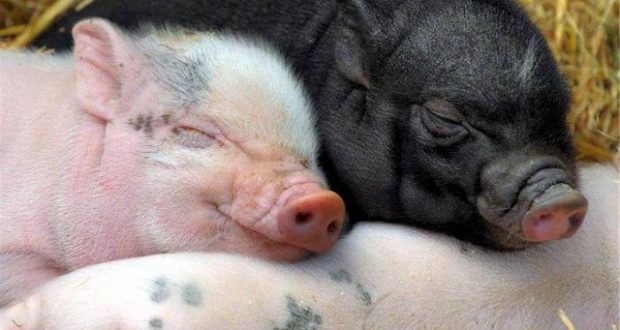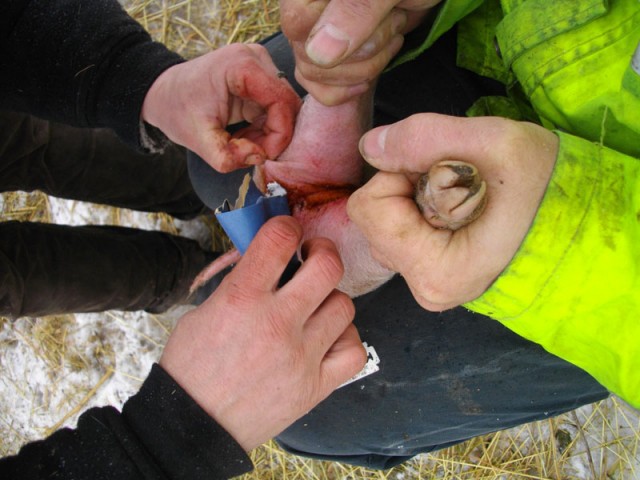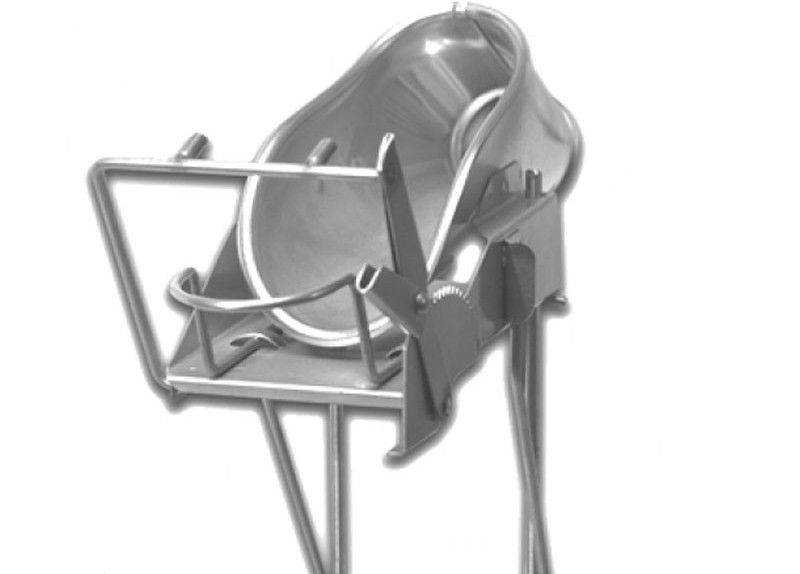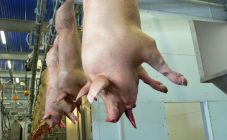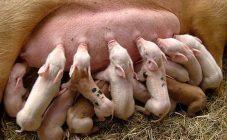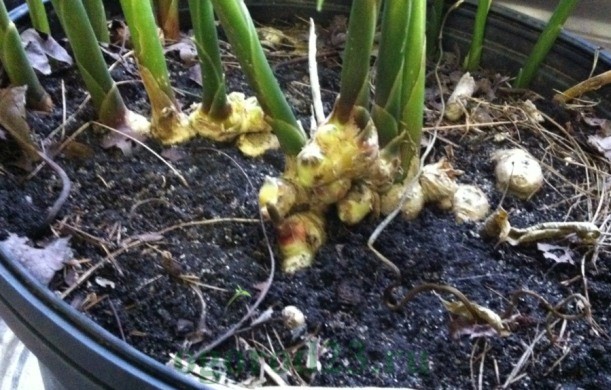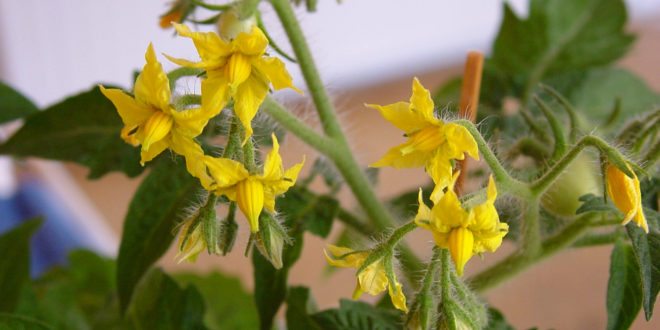Many pig breeders have to deal with such an operation as piglet castration. Most often, this process is entrusted to veterinarians. But sometimes the breeder tries to do without such services of a specialist and castrates the pigs on his own.
There are several methods of castration that are constantly discussed, as well as the timing of their implementation. This article will help you figure out how to castrate piglets yourself.
What is castration for?
Castration is also called idling. Most often, for this purpose, surgical intervention is performed, the purpose of which is to rid the animal of the gonads. In addition to this type of operation, there are also such castrations:
- hormonal,
- chemical,
- radioactive.
At home, only the method of surgical intervention is practiced. It should be borne in mind that in the body of the animal after the intervention, certain reactions take place, which consist in hormonal disruption, changes in metabolism and other developmental deviations that are very different from the non-castrated individual.
Necessity:
- After a certain time, non-castrated pigs enter sexual heat, which is why they stop eating normally, lose weight, and become restless.
- Undesirable covering of gilts with non-castrated boars occurs.
- In adulthood, uncastrated pigs become aggressive and can attack both other animals and people.
- The meat of non-castrated individuals gives off an unpleasant odor, so it cannot be eaten.
Based on the above reasons, it should be concluded that castration will solve several problems at once. Such hogs are called "castrat".
Indications for surgery may be as follows:
- Inflammation of the testes;
- Hernia;
- Neoplasms in the testicular area.
Thus, by neutering a piglet, the farmer gets:
- High quality meat and meat products;
- Animals do not lose their appetite, due to which their weight increases;
- Neutered animals are much easier to keep in groups, they do not show aggression towards each other;
- Pigs grow and develop better.
If you look at the terms that are indicated for the surgical intervention, then the best age is the sucking period - from ten to forty-five days. Piglets at this age lose less blood during surgery, and they also have practically no complications, unlike adult boars.
The main advantages of neutering small piglets are:
- Small piglets do not require special fixation during surgery;
- Small pigs adapt and calm down faster, staying near the sow;
- Thanks to the mother's milk, the wounds heal very quickly;
- During the surgical process, the piglet loses very little blood;
- Small boars do not need a lot of drugs;
- Piglets grow and develop quickly, recovering quickly from surgery.
Castration methods
Castration is divided into a bloodless method and a surgical one. In this case, the bloodless method is used in the following cases:
- Chemical castration;
- Mechanical castration;
- Radiological castration.
Since these methods are very difficult to carry out and require large budgetary costs, they are not practiced by private livestock breeders. Surgical intervention is most often used, which includes methods such as:
- Open ligation or castration of pigs.
- Break of the spermatic cord.
- Closed way of grooming.
Many are interested in the age at which piglets are castrated. Ligation and spermatic cord breakage is only suitable for small piglets. In these cases, during castration, the scrotum and vaginal membrane are cut, the testis is removed, a ligature is applied, and the spermatic cord is cut off.
When the spermatic cord is torn off, there is no need to ligate. Because this operation is done when the piglets are three weeks old. At this time, the spermatic cord is still weak and easily torn off.
With the closed method of castration, which is done at an older age, the vaginal membrane is not cut, but completely cut off together with the testis. In this case, the cord with the testis must be rotated several times around the axis and clamped for several seconds to neutralize the nerve endings, only after that it is tied with a thread and the testis is cut off. The wound is treated with iodine, stitched and disinfected again.
Castration machine
Do-it-yourself castration of Vietnamese pigs is done with the help of various devices in order to fix the animal so that it does not move and thereby does not harm itself and does not interfere with the "surgeon", since anesthesia is not done in this case. To do this, use a special machine, barrel or resort to other practical methods. Thanks to the machine, the veterinarian can carry out surgery without assistance. The machine can be made by yourself. In order for the manufacturing process to be correct, you need to use a step-by-step scheme.
In addition to the idler, you need to prepare the following tools:
- Scalpel;
- Clamp;
- Scissors;
- Medical needles;
- Emasculator;
- Threads;
- Catgut;
- Dressing;
- Tampons;
- Iodine;
- Streptocide.
When neutering small pigs, the list of tools is much smaller. From all of the above, you should take only a scalpel, a clamp, tampons, iodine and streptocide.
Tips from experts
Farmers in most cases raise Hungarian potato pigs. Therefore, in order to achieve good growth from such piglets, they are castrated. After neutering, pigs require special care for the first few days. The paddock where they are placed must be warm and have clean bedding. The wound needs to be examined every day in order to prevent the occurrence of complications in time:
- Bleeding that occurs several hours after surgery;
- Loss of internal organs through the incision;
- Swelling in the area of the wound;
- Inflammatory process.
If puffiness or inflammation occurs, it is not recommended to carry out treatment on your own. In such cases, they turn to professionals. An antibiotic injection is imperative.
Castration of pigs is a necessary operation if the animals are to be raised for meat. It is best to groom babies up to three weeks of age. Thus, postoperative complications can be avoided.
